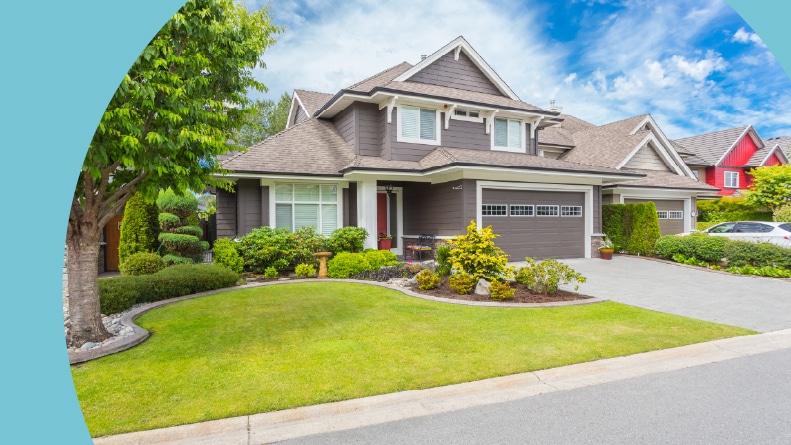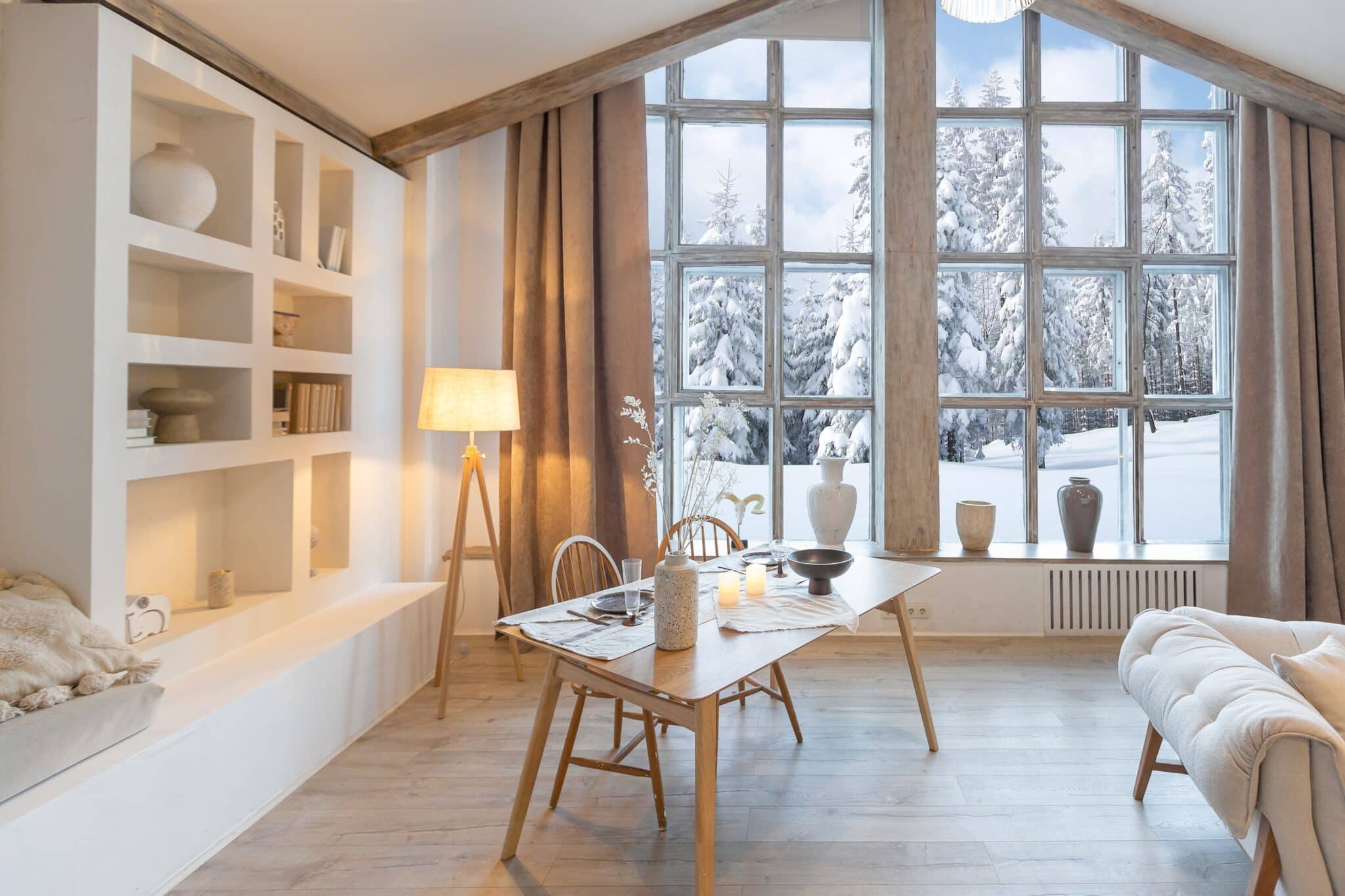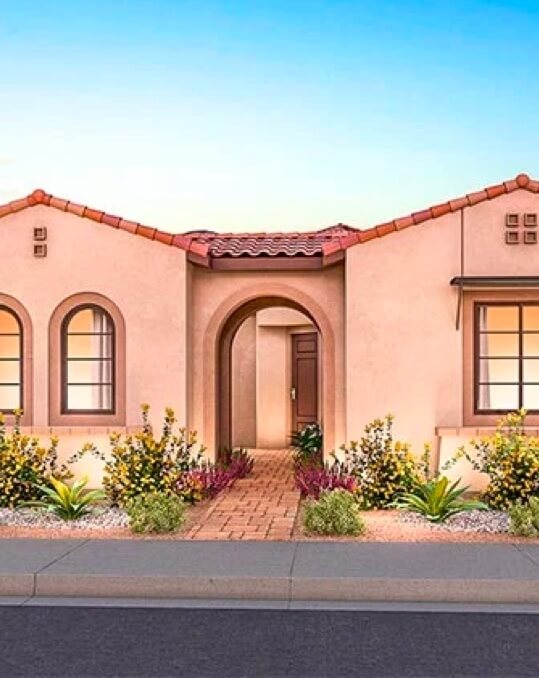The November housing market painted a perfect picture of the quiet changes that rippled throughout the year. Lower mortgage rates following two quarter-point cuts by the Fed held steady, with end-of-month rates practically mirroring those in October. Even with the announcement of a third rate cut, predictions suggest little change is mortgage rates before the year’s end.
While lower rates are peaking buyer interest, activity remains largely sluggish, freezing both home inventory and price growth. Still, buyers have options, as YOY inventory growth means more homes on the market, and modest rate decreases can save potential buyers thousands. The potential to buy a house before 2026 still exists for buyers who are prepared with a down payment, a firm budget, and a good credit score.
Mortgage Rates Are Stabilizing

Current mortgage rates for a 30-year fixed-rate mortgage are 6.22% (unchanged from a month ago), and those for a 15-year fixed-rate mortgage are 5.54%. While rates have fluctuated modestly throughout the month, the limited changes suggest stability rather than the likelihood of significant changes in the immediate future.
The Federal Reserve approved a 25-basis-point rate cut on December 10, lowering the federal funds rate to 4.25% to 4.50%. In its announcement, the Fed noted steady economic growth, easing inflation, and a recent slowdown in job gains—factors that supported the decision. For homebuyers, this may put downward pressure on borrowing costs, but mortgage rates often respond more gradually because they’re influenced by broader economic conditions rather than just Fed policy. As the Fed continues to watch incoming data, mortgage rates are likely to move at a measured pace rather than shift all at once.
Home Inventory Growth Is Slowing

National home inventory has climbed year over year, but actual availability depends heavily on buyer location and financial standing. Active inventory has grown for 24 consecutive months, but growth has been substantially higher in the West and South than in the Midwest and Northeast. Metros in Washington, DC, Charlotte, NC, and Las Vegas have seen the most inventory growth, while inventory in Chicago, Grand Rapids, MI, and San Francisco remains tight. Affordability is also a concern for many buyers, making broad inventory data irrelevant if homes on the market are out of budget.
Still, there are more homes on the market for buyers to choose from, and buyers will benefit most from researching available inventory in their target destination. Flexibility is key to widening your options when seeking an affordable home. For example, a buyer searching for a single-family home may find the perfect home and price in a comparable condo. Retirees who expand their search to 55+ communities are also likely to have more options, as age restrictions naturally reduce competition.
Home Price Growth Continues to Slow

Home prices are still growing, but the pace is substantially slowed, as the national median single-family existing home price rose only 1.7% year over year. While the national median home price is $426,800, prices vary regionally and can be notably lower in some states and cities. For example, the average home price in the Northeast is $540,100, exceeding the national average, while the average price in the Midwest is a considerably more modest $331,100.
The buyer affordability issue also affects sellers, as properties linger on the market for an average of 64 days. Even as buyer interest increases with lower mortgage rates, price cuts remain a possibility for homes that stay on the market, with reductions typically over 10% for homes on the market for longer than 90 days.
What Homebuyers Need to Know in a Modestly Changing Market

As we close out 2025, the likelihood of dramatic market changes is rapidly fading. However, modest changes present new opportunities, and a stabilizing market is an excellent reminder of the power buyers hold in their own hands. Determining your readiness to buy should never be based directly on market changes. Your budget, down payment, and creditworthiness all play a vital role in your eligibility for an affordable mortgage.
Recognize the Value of a Strong Downpayment
Small reductions in mortgage rates can save buyers hundreds on monthly payments and thousands over the course of a loan. A hefty down payment can have the same power by helping you negotiate a lower mortgage rate and reducing the amount of your loan. If you can pay more than 20% down, you can also eliminate the cost of private mortgage insurance, further reducing your monthly payments and overall costs.
Avoid Holiday Credit Slumps
Average mortgage rates mean nothing if lenders think you’re not creditworthy. While you may be able to obtain a mortgage with a credit score of 620, a higher score can get you lower rates. If you already have a high rate, it’s easy to fall into the trap of assuming it will stay that way. However, applying for new credit cards and letting your credit utilization creep above 30% (both common behaviors during the holidays) can negatively impact your credit score. Keeping an eye on your credit score and avoiding any risky credit moves will help you ensure you’re eligible for the best mortgage terms of the year, just in time for the holidays.
Assistance for 55+ Homebuyers
While some retirees can contribute a sizeable down payment from the sale of an existing home or an existing savings account, many need their existing assets to support their living costs. If you lack the funds for a down payment or closing costs, homebuyer grants can help. Not all of them require you to be a first-time homebuyer, and many are forgivable, meaning you won’t have to pay them back if you meet specific requirements. Some popular homebuyer grants include:
- National Homebuyers Fund
- Bank of America grant programs
- Chase Homebuyer Grant
- Wells Fargo grant programs
Each of these programs has different eligibility requirements, amounts, and usage regulations. Bank-sponsored programs require you to obtain the mortgage from the bank chain associated with the program. Comparing your options will help you determine which grant is best for your situation.
Hoping to Start the New Year in Your Dream Home? 55Places Can Help!
If you dream of starting the year with a new home, your dream could still be a reality. Market stabilization isn’t bad news for buyers. The elimination of the anticipation of significant market changes could prompt sellers who have been waiting on the sidelines to finally enter the market. Lower mortgage rates can also allow you to stretch your budget to afford a mortgage that might have previously been out of your reach. If you’re looking for the perfect home in an age-restricted community, 55places can help. Reach out today to learn more!








